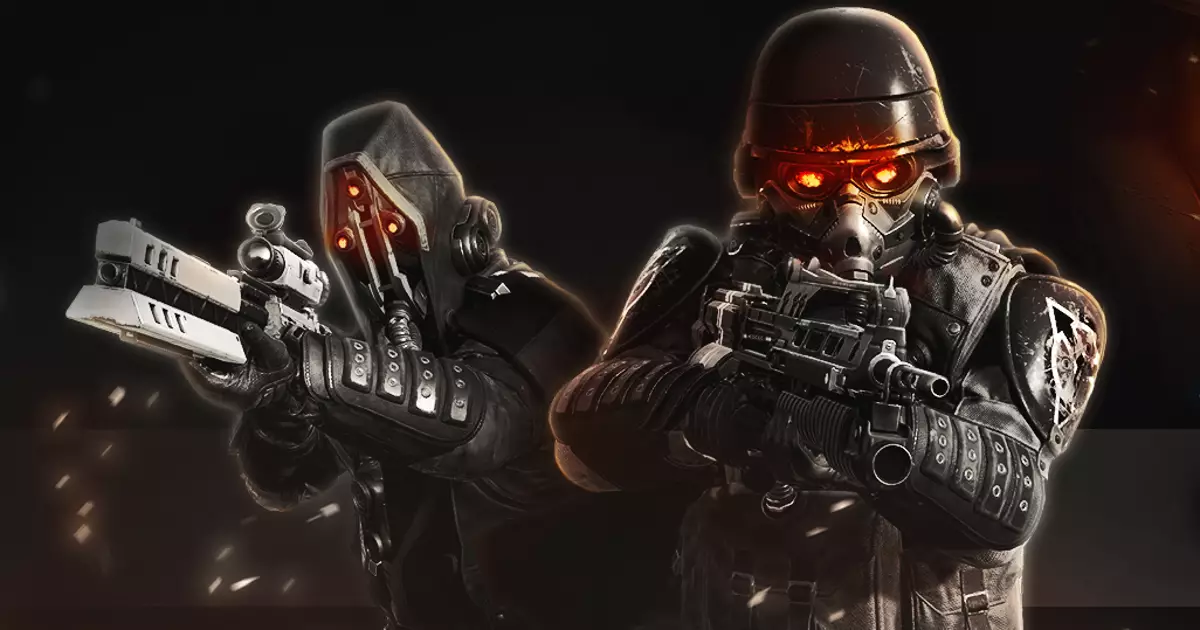The gaming landscape is often a playground for creative collaboration, where disparate franchises converge to offer unique experiences through crossovers. The recent announcement from Arrowhead Games regarding the first licensed crossover for Helldivers 2 with the enduring Killzone series is a noteworthy event. However, while the collaboration may seem like a harmless nod to nostalgic gaming history, it simultaneously raises concerns about direction, messaging, and community reception.
The partnership between Arrowhead’s Helldivers 2 and the long-established Killzone franchise—from Sony and Guerrilla Games—poses intricate implications for both players and narratives. Positioned within the satirical context of Helldivers’ “democratic government” of Super Earth alongside the militaristic ethos of Killzone, the collaboration appears to reflect a calculated decision to leverage brand recognition rather than a genuine thematic synergy.
Super Earth’s pursuit of “freedom” takes on a darker hue when performed against the backdrop of the Killzone series. The crossover invites players to don the armor and utilize the weaponry of Killzone’s notorious stormtroopers, characterizing an uneasy blend of satire and earnest militarism. This juxtaposition of ideologies blurs the lines between commentary on warfare and the glorification of violence, muddying the intentions behind Helldivers’ satirical tone.
Although the crossover presents a selection of weapons, armor, and cosmetics via the Helldivers Superstore, it hasn’t arrived without criticism. The community response has been mixed, with significant pushback centered around the pricing of these in-game items and the controversial decision to offer primary weapons as downloadable content (DLC). This feedback underscores a growing sentiment among players about the commercialization of gaming experiences, particularly when it involves core gameplay elements.
The incorporation of Killzone content as “Premium” raises questions about what the line is between meaningful additions and exploitation of loyal fans. The reaction from players illuminates a broader concern within the gaming industry regarding monetization, especially as franchises step into the realm of cross-promotions that might not resonate with their core audience. As gaming becomes increasingly serialized and interconnected, are we diminishing the value of each unique experience by prioritizing profit over player satisfaction?
As Arrowhead hints at further crossover collaborations in the Helldivers universe, it raises speculation about the future themes and partnerships that may arise. The intention to allow individual Helldivers to experience licensed worlds could contribute to an impressive breadth of content. However, this concept must wrestle with the risk of alienating players who desire cohesive narratives and who feel their gaming purchases should represent more than mere financial transactions.
Moreover, the suggestion of a special Killzone-themed reward tied to the ongoing Galactic War presents an opportunity to empower players. Factors such as success in this fictional conflict can instill a sense of agency and community, yet it can also run the risk of dampening enthusiasm if the quality or relevance of the rewards perceived to be lacking. Gamers often desire tangible connections between their achievements and in-game rewards, raising the stakes for Arrowhead on how they navigate this new territory.
Reflecting on Killzone’s historical significance as Sony’s answer to other franchise giants, it’s clear that nostalgia plays a crucial role in this crossover. While the Helldivers 2 x Killzone partnership might reignite fond memories of past gameplay experiences for some, it necessitates a broader conversation about where we go from here. Are these collaborations enriching the storytelling landscape, or merely mining the past for easy profit?
In scrutinizing our enthusiasm for modern gaming collaborations, one cannot help but wonder about the implications of melding franchises with such distinct tones. Ultimately, the success of this crossover—and future projects—will depend on how well these integrations can resonate with their audiences. As gamers, we must stay conscientious of both our desires for innovation and our wariness toward commercial exploitation that sometimes clouds these artistic endeavors.

